The UK is home to a wide variety of sheep breeds, each with its own unique characteristics. Some of the most common and popular breeds include:
- Welsh Mountain Sheep
- Jacob Sheep
- Hebridean Sheep
- Bluefaced Leicester Sheep
- Texel Sheep
- Shropshire Sheep
- Black Welsh Mountain Sheep
- Shetland Sheep
- Kerry Hill Sheep
- Cheviot Sheep
- Romney Sheep
- Herdwick Sheep
- Suffolk sheep
- Swaledale sheep
- Rough Fell sheep
- Ryeland sheep
Quick look at British sheep
Most common UK sheep breeds
Welsh Mountain
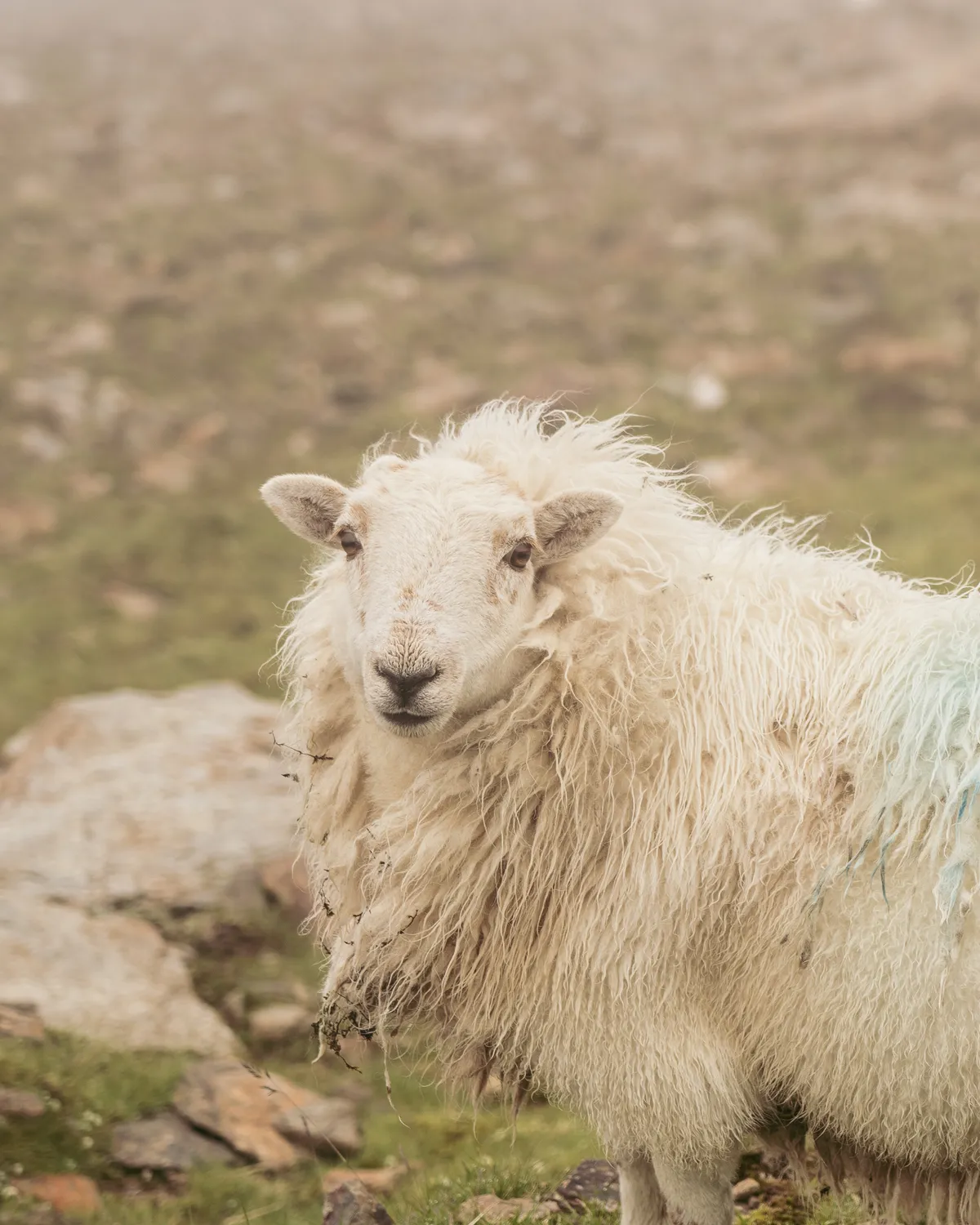
Here is a breed with vigour. Liveliness in abundance. This Welsh sheep is one of the oldest breeds in the world. Tiny with a huge and impressive fleece. They cover the may valleys and hillsides of beautiful Wales.
Literary references to the Welsh mountain sheep breed back in the 14th and 15th centuries describe a breed very much as we see it today. They make fantastic mothers and are able to endure all manner of rain, wind and snow. White faces, often mottled with pale tan. Their fleeces are thick and full, a ready source of durable wool. They are smaller of stature but gallant and bold, protective of their young and famed for their milk, this is breed for the great outdoors and most likely spotted on a long hike than a wander down a country lane.
Jacob
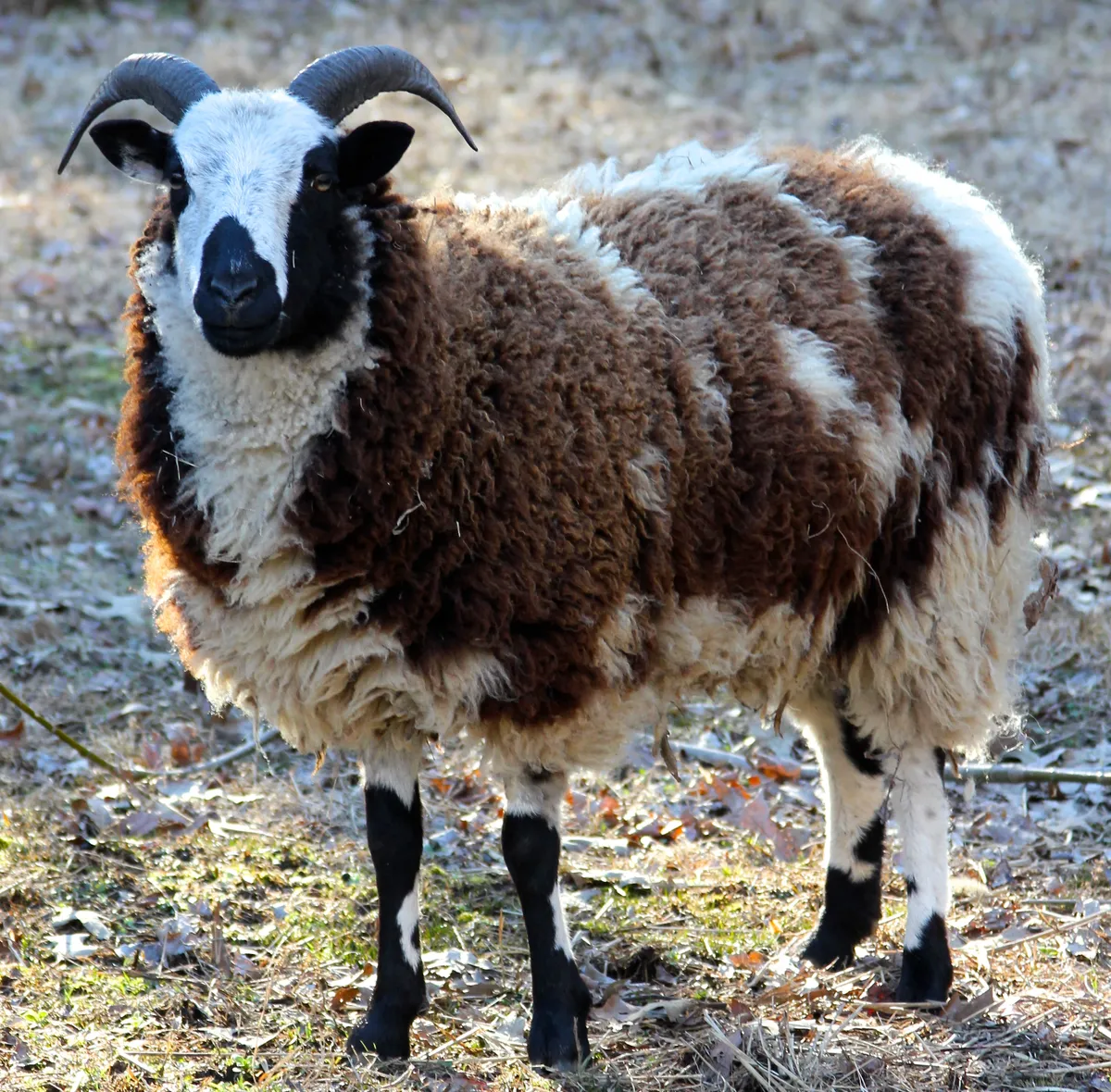
Here is a breed fit for any beauty contest. The Jacob has impressive posture, is alert and sharp witted. Its piebald and dense fleece and the accoutrement of frankly not insubstantial horns (Jacobs are always horned) makes for a rather splendid breed. Amusingly this proud breed is often mistaken for a goat, but they are very much ovine. Its name has biblical origins (Jacob kept pied sheep) and the breed has a kindly nature, the historic Jacob was once a minority breed, its popularity has since boomed. A sign of increased interest in conservation perhaps.
Hebridean
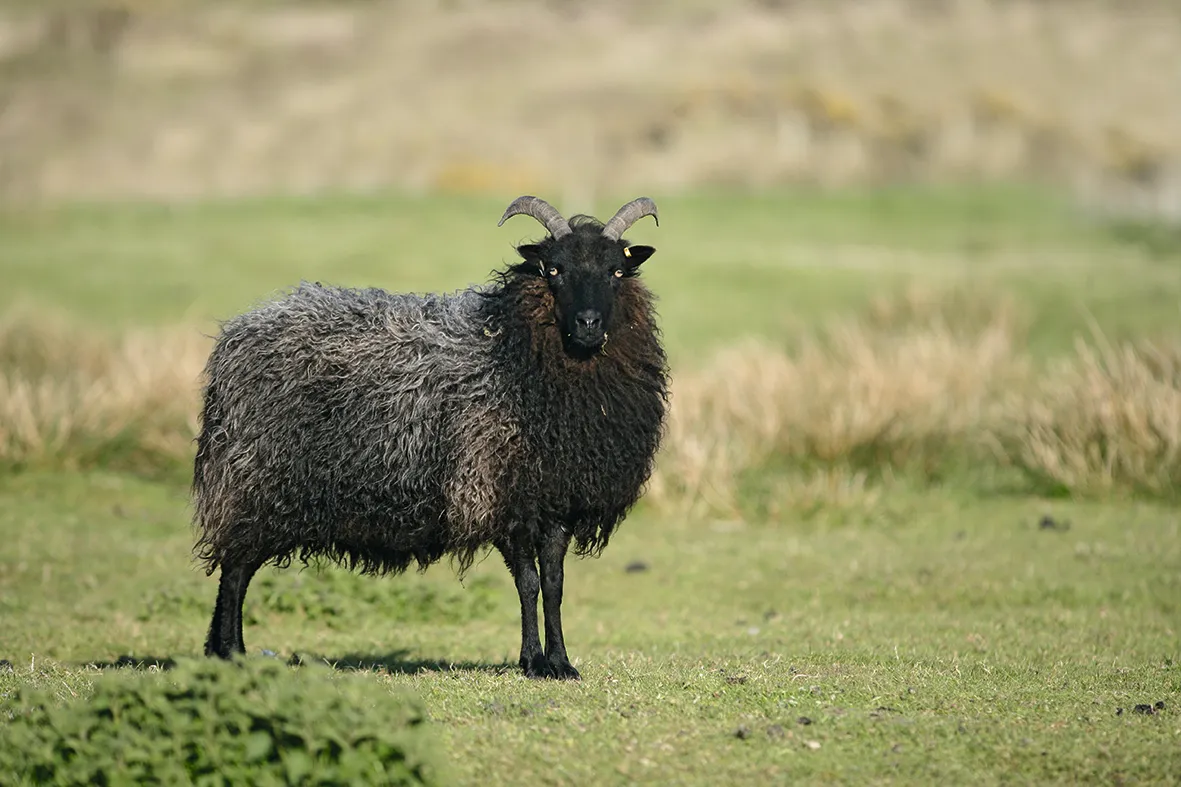
Scotland the Brave, this little sheep is small in stature but bold in spirit. A breed largely unaltered since medieval times and before. Often horned (attractive curled horns), this ancient breed rose to popularity in the 19th century because of its diminutive and attractive appearance. They are conscientious grazers and thrive in the wild.
Seen scattered across the broad terrain of the north and their native Scotland but also popular in other mountainous areas. They are also made use of for conservation grazing. A dense black fleece crimped and layered so they can stave off the rain and keep warm. They have tiny feet, and like goats are adept at climbing steep hillsides and clearing stone walls. Small, pointed faces with a look of concentration. A truly traditional breed and mercifully, very popular.
Sheep farming speak
As there are around 23 million sheep in the UK, why not start with the woolly wonders? Just about everyone is familiar with the terms ram, ewe and lamb; the basic names for the male, female and young of the species. But beyond that there is a whole set of descriptive names to discover for different types of sheep, says farmer and Countryfile presenter Adam Henson.
Tups
Rams that are used for mating are also known as tups (and the verb tupping is used to describe their most important job of the mating season). It’s not known exactly from where the term originates but it was almost certainly from the north of England in the Middle Ages. Another word that sounds medieval is sire, used for a ram that has successfully fathered lambs.
Teaser
You’d think that the least useful thing for a sheep breeder would be a vasectomised ram. But he has a specific job and an expressive name. Called a teaser, his hormonal presence among the ewes encourages them to come into season and when the rams go to them, they get pregnant quickly, creating a tight lambing pattern.
Ewes, gimmers and dams
Terms for ewes are equally expressive. A gimmer is a breeding female, a dam is a mother ewe and if a shepherd refers to ewes as ‘yows’, they’ll almost certainly come from the northern counties or Scotland.
Language of lambs
A fat lamb means one heavy enough to go to the abattoir. A wether is a castrated lamb. Yearling and shearling both describe a young sheep between its first and second shearing. A hogg (or hogget) is a lamb over a year old that’s ready for the table and a mule is a cross-breed, normally between a longwool (long-haired breed) and a hill breed.

The Bluefaced Leicester

As handsome as it is now famous. Tall, large of stature, alert with a proud Roman nose with large prominent ears. They have broad shoulders and a strong stance. Well known for their friendly disposition, they can be high maintenance by their nature but are curious and full of personality. This breed is the main component of a hybrid called ‘the Mule'. Crossing other breeds with a Bluefaced Leicester has meant it’s now found in most corners of the UK, and perhaps it has been the saviour of this 18th-century breed.
Texel

Arguably one of the most distinct-looking breeds. Its broad head and stocky stature give it a rather endearing appearance. Easy going and curious, they can endure most weather and are inclined to holding weight well. They are not indigenous, arriving from Holland in around 1970, and this breed has hit the ground running. Uncomplicated, hardy and stoic, it's now considered to be the second most widespread breed.
Shropshire Sheep
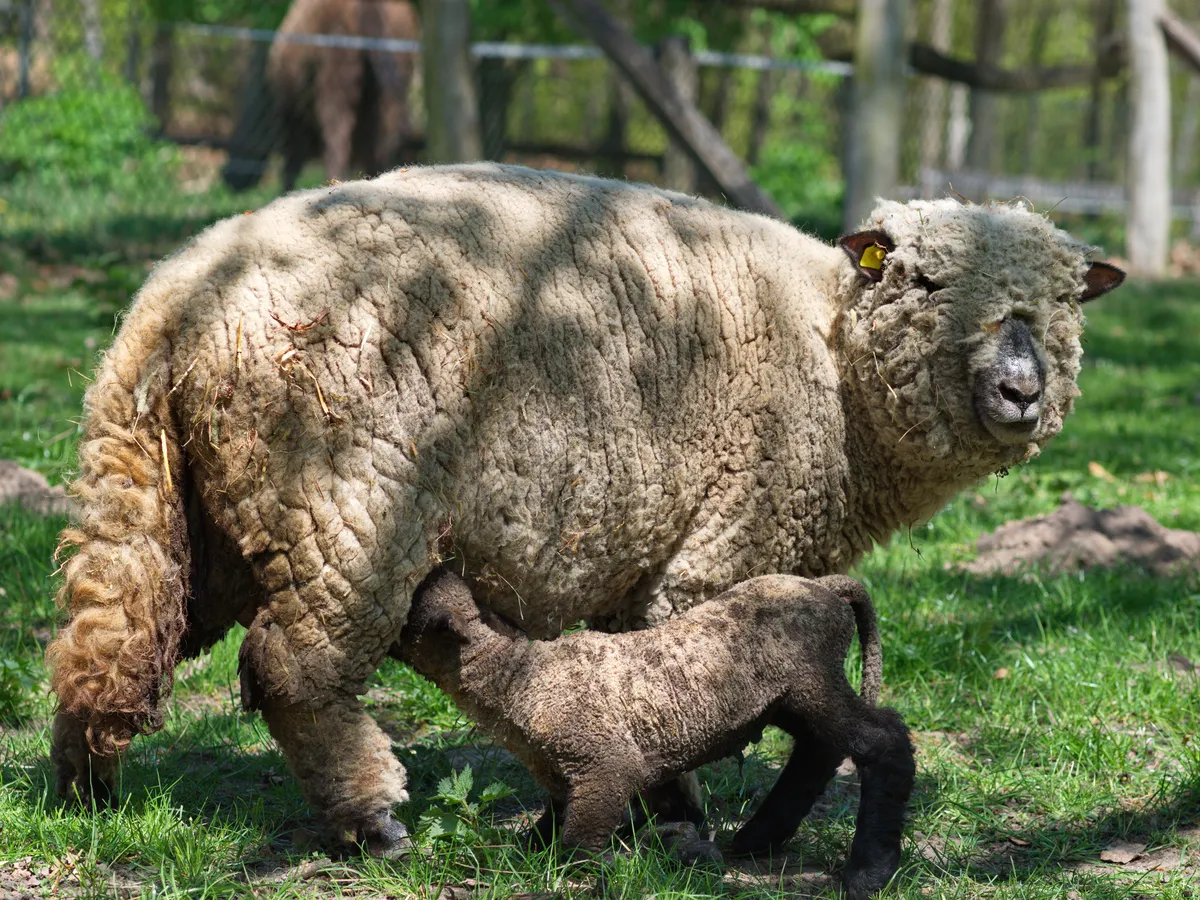
The oldest registered breed of sheep. They resemble a Suffolk and at a glimpse are on occasion mistaken for such, but they have wool on their heads and as a rule a more risqué and punchier personality. Sparky and active, this breed is famed for its fecundity and durability. Their faces are dark brown/black, and they have a strong and meaty physique. Famed for their wool, the fleece is thick, heavy, yet soft to the touch. Thought to be a refinement of indigenous sheep of the Shropshire and Staffordshire border, the exact origins have vagaries, but its traditional appearance has stood the test of time and looks by all counts to be straight from the scenery of a William Henry-Davis.
Black Welsh Mountain
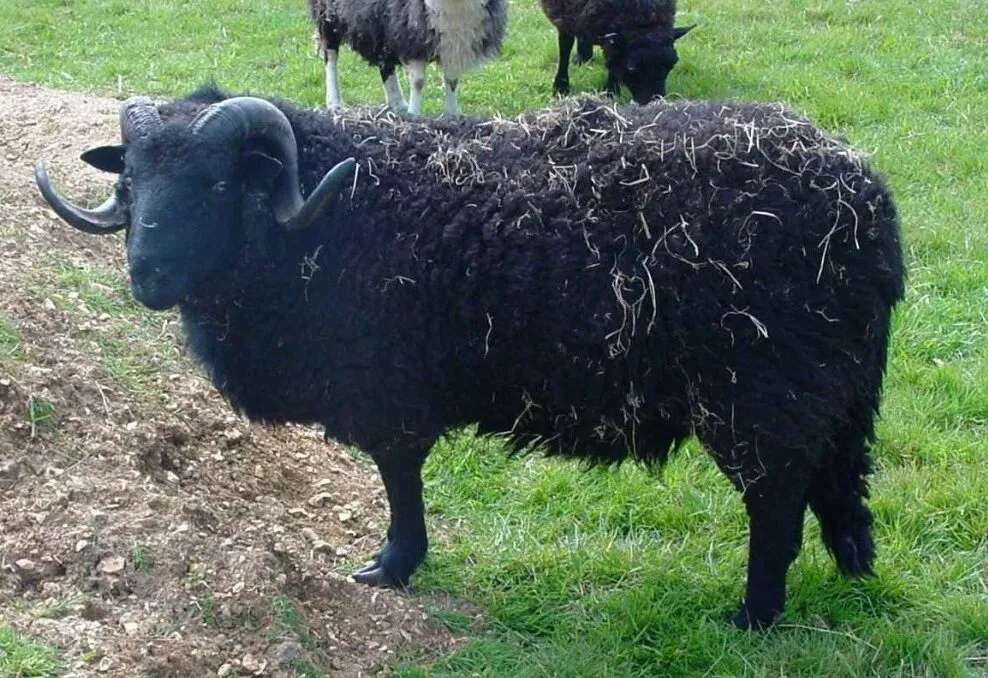
A small sheep, the breed is long lived and has no wool on its face or legs. Males have horns but females are polled. They are also well known for their lambing ease, high fertility and good milk yield.
Shetland
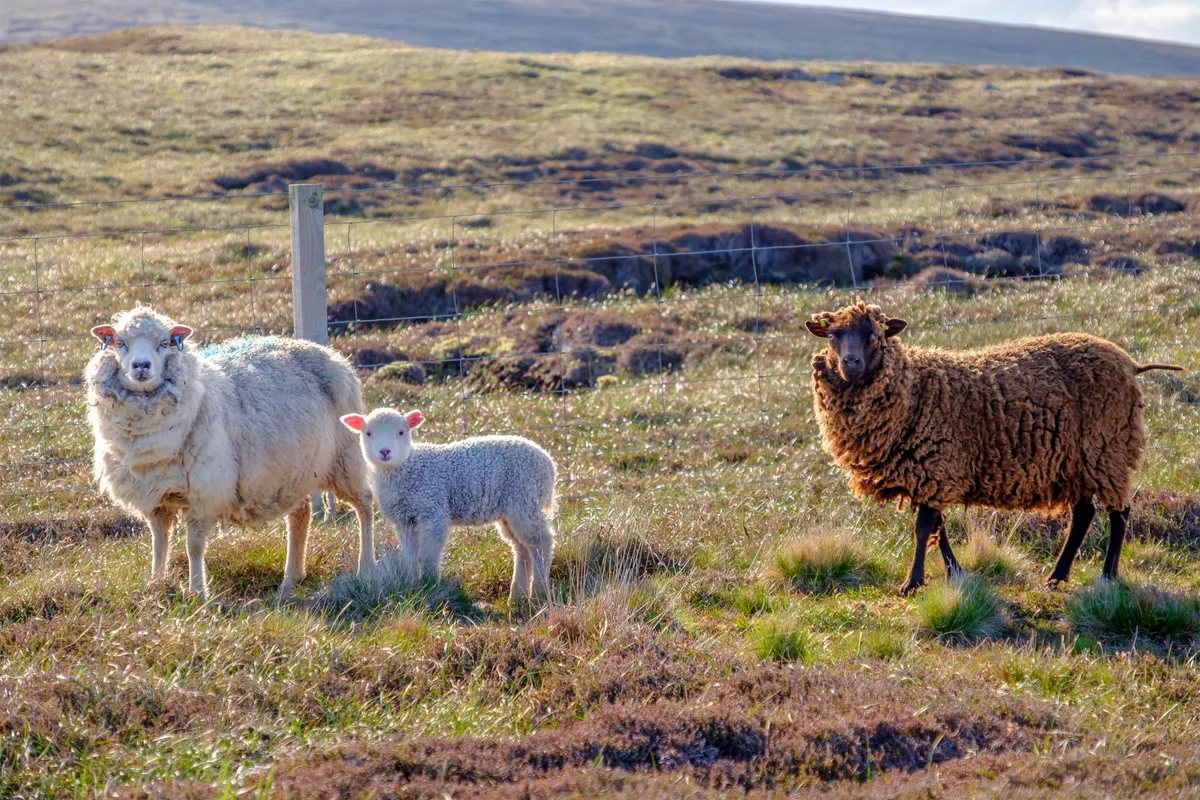
Sheep have grazed in Shetland for more than 5,000 years and belong to the North Atlantic short-tailed sheep type. Their fleece contains two distinct types of wool, soft under-wool and coarser outer wool, the first of which is used in yarn for hand-knitting. They are a predominantly unimproved or ‘primitive’ breed, which means that they are extremely hardy and well-suited to Shetland’s cool and windswept climate.
There are several dialect Shetland terms for the patterns and colours of the sheep: ‘bersugget’ means variegated; pale sheep with white faces are ‘snaelit’; while those with lower legs a different colour to their bodies are ‘sokket’.
Kerry Hill
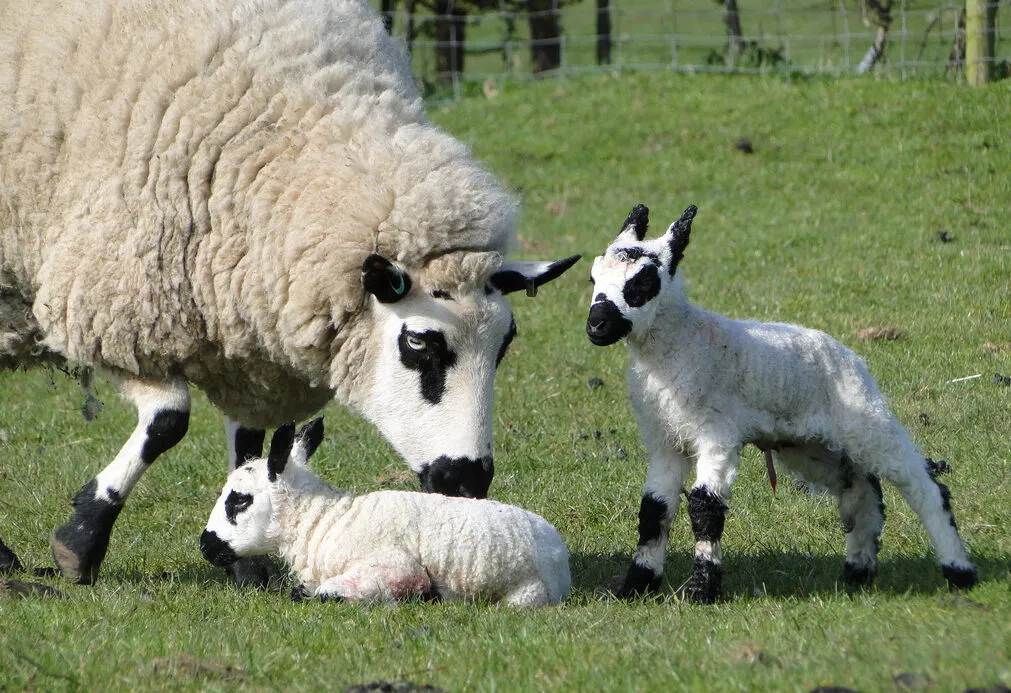
Originating from Kerry in Powys in Wales, this breed of sheep dates back to the 19th century. Kerry Hill sheep have a white fleece with distinctive black markings on their eyes, nose and legs and do not have horns. Able to cope with most weather conditions, the sheep also produce good crossbreed lambs. The wool can grow up to 10cm in length and meat sourced from lambs is very lean.
Cheviot

The Cheviot sheep originated from the Cheviot Hills as early as 1372. Impressive posture, not tall but very hardy. Both quick witted and quick footed! Flared nostrils and a strong face. The head, ears, and legs are free of wool.
With a lively and active character, the breed is fast maturing, strong and dual purpose. The wool is firm and dense and mainly used in the tweed and carpet industry, whilst the meat, usually sourced from prime lambs, is of a high quality.
Romney
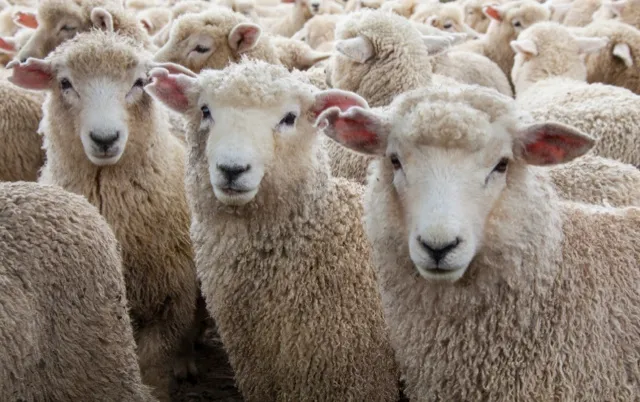
The Romney sheep is well known and recognised for its heavy and thick fleece. Traced back to Kent, the breed has adapted to the conditions of the marsh area, battling the wet and windy weather conditions to remain healthy. Therefore, the breed is now popular in countries such as New Zealand and the Falkland Islands, where these traits have proven successful. The Romney is often described as dual purpose, meaning it produces both meat and wool. The muscular lambs provide good meat and the mature sheep can provide easy to spin wool. Find out more about the breed here.
Herdwick
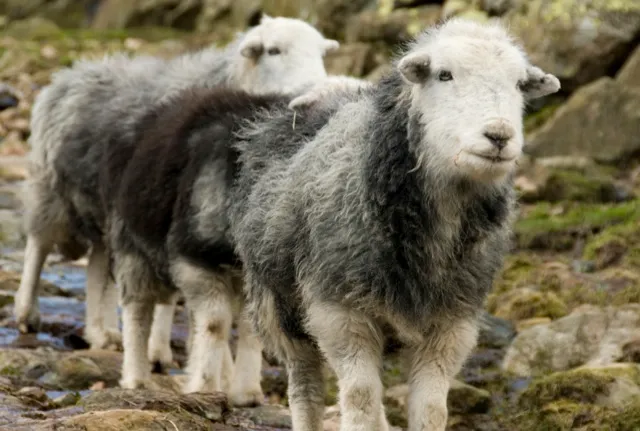
Herdwick sheep, native to the Lake District, are a territorial breed bred on the Cumbrian hillsides and fells of Northern England.
Mottled brown and grey fleece and a pondering facial expression, they are stubborn and tough but with a tender temperament. Well-mannered and able to survive on even the roughest of landscapes. Beatrix Potter was an avid promoter for the protection of this ancient breed. Providing strongly flavoured lamb and mutton as well as fine wool, the breed is naturally hardy.
Suffolk
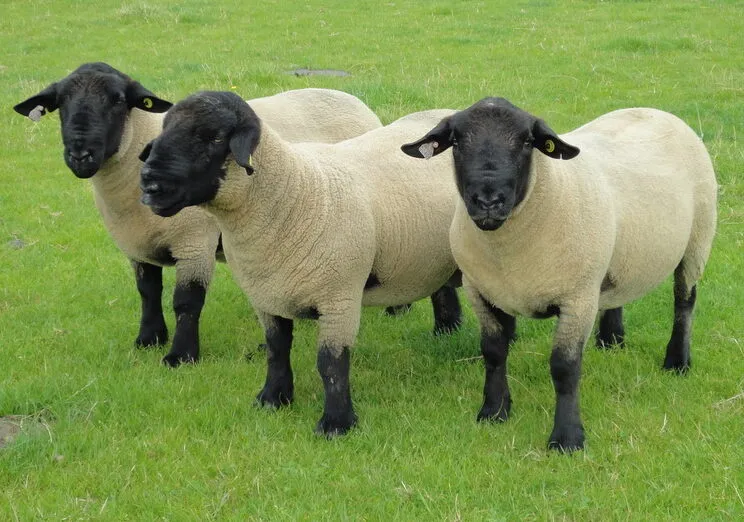
‘The flagship British Breed’. Long black ears with accompanying black face and legs with a white fleece. Doe eyed, docile and gentle in manner. Sturdy in stature. One of the most instantly recognisable breeds.
This black-faced sheep is raised mainly for meat, the Suffolk was first recorded in 1797. Developed in East Anglia, they were produced by crossing Norfolk Horn ewes with Southdown rams. Large in stature with a big muscular frame, the sheep can be developed to heavier weights without getting fat and instead produces good quality lean meat.
Swaledale

Named after the Yorkshire valley of Swaledale, these sheep are found in the northern areas of Britain. Featuring off white wool and curled horns, they are most commonly used for lamb and mutton meat production. Swaledale sheep have a very thick coat that is coarse and rough. Adapted to live in harsh weather conditions, the breed is hardy and can graze on hills and mountains.
Rough Fell
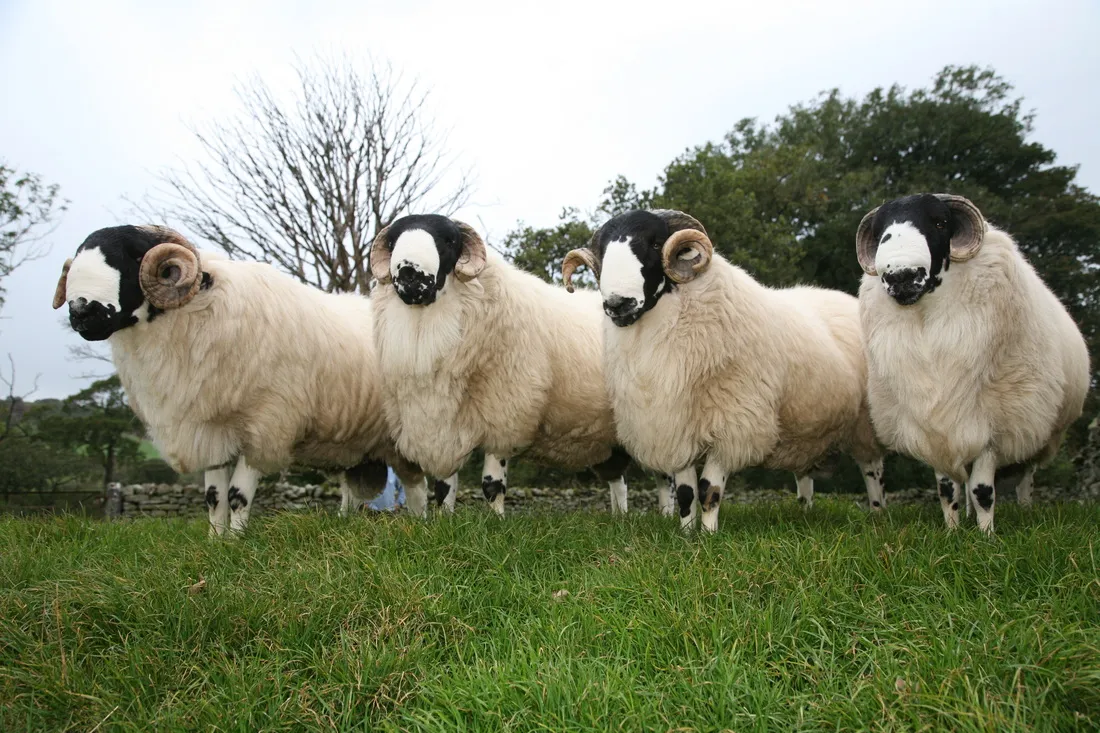
Like Swaledale and Herdwick sheep, the Rough Fell is an upland breed from northern England. Raised for its meat, the sheep has a black face with a white patch across its nose. The breed also has horns and are excellent breeders, rearing lambs in challenging climate conditions.
Ryeland

The Ryeland was developed in Herefordshire during the 12th century. Medium sized and polled, the sheep is sturdy and solidly built. The breed has a lot of wool, which is soft and weighty. The Ryeland has an extremely docile personality and is easily managed. Small lambs of around five months old often produce high quality tasting meat and they are commonly reared on smallholdings.
How many sheep breeds are there in the UK?
According to the National Sheep Association, there are roughly 90 breeds of sheep in the UK, ranging from hill and upland breeds to lowland breeds.
When does sheep shearing take place in the UK?
Spring marks the start of lambing season in the UK, but the physically demanding task of sheep shearing generally takes place between May and July.
Sheep shearing facts
- Britain’s 33.3 million sheep produce around 30 million kilos of fleece wool per year.
- Clipping takes place between July and September in the Lake District. In warmer parts of Britain, shearing begins in May.
- Innovative uses for Herdwick fleece and other low-value wool fibres include insulation materials, sound absorbers and Solidwool, a sustainable alternative to fibreglass.
- A typical fleece weighs 1.5-10kg (a Herdwick fleece weighs 2-3kg).
- The heaviest fleece ever shorn belonged to an overgrown sheep rescued by the Australian RSPCA last year. The wool, which took 45 minutes to remove, weighed more than 41 kilos.


